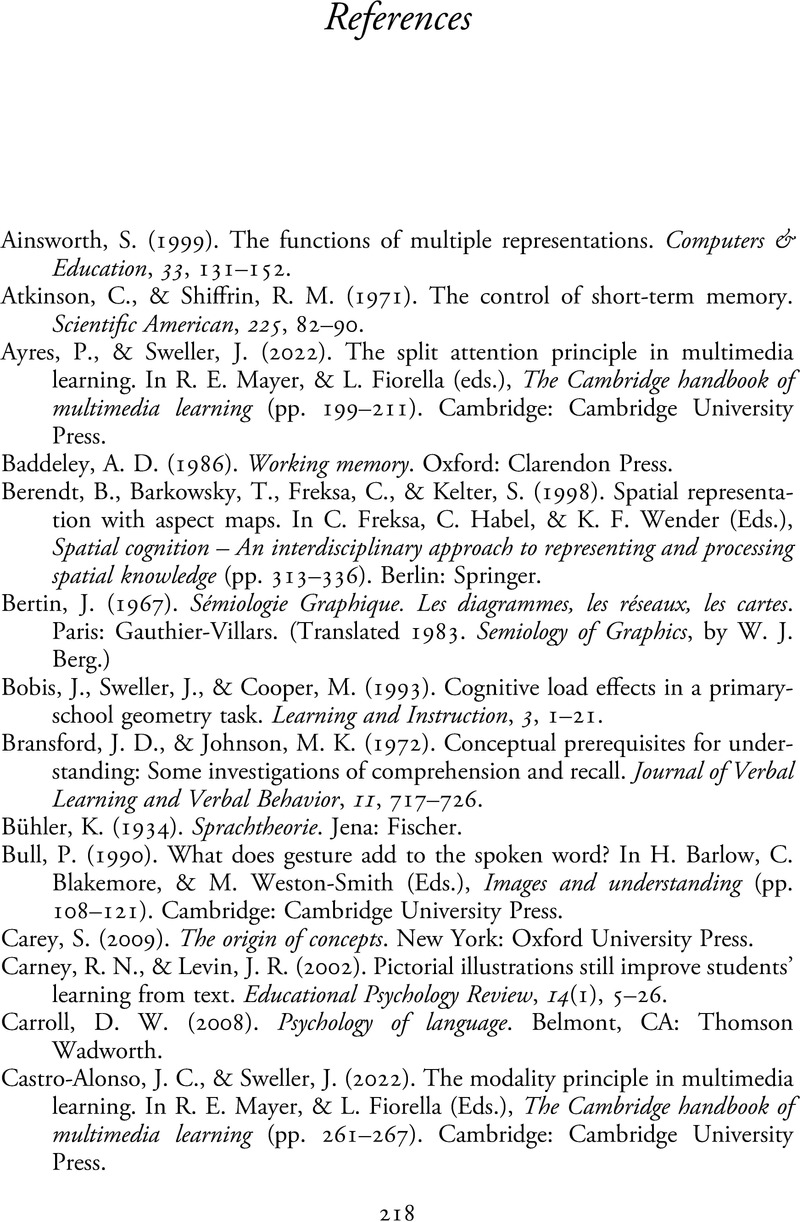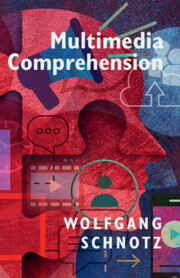Book contents
- Multimedia Comprehension
- Multimedia Comprehension
- Copyright page
- Dedication
- Contents
- Preface
- Chapter 1 Introduction
- Chapter 2 A Short History of Multimedia Sign Systems
- Chapter 3 Basic Forms of Representations
- Chapter 4 Comprehension of Text
- Chapter 5 Comprehension of Pictures
- Chapter 6 Integrative Comprehension of Texts and Pictures
- Chapter 7 Quasi-symbiotic Relations between Text and Picture Comprehension
- Chapter 8 Beyond Comprehension
- Chapter 9 Practical Implications
- Concluding Remarks
- References
- Index
- References
References
Published online by Cambridge University Press: 16 February 2023
- Multimedia Comprehension
- Multimedia Comprehension
- Copyright page
- Dedication
- Contents
- Preface
- Chapter 1 Introduction
- Chapter 2 A Short History of Multimedia Sign Systems
- Chapter 3 Basic Forms of Representations
- Chapter 4 Comprehension of Text
- Chapter 5 Comprehension of Pictures
- Chapter 6 Integrative Comprehension of Texts and Pictures
- Chapter 7 Quasi-symbiotic Relations between Text and Picture Comprehension
- Chapter 8 Beyond Comprehension
- Chapter 9 Practical Implications
- Concluding Remarks
- References
- Index
- References
Summary

- Type
- Chapter
- Information
- Multimedia Comprehension , pp. 218 - 227Publisher: Cambridge University PressPrint publication year: 2023

